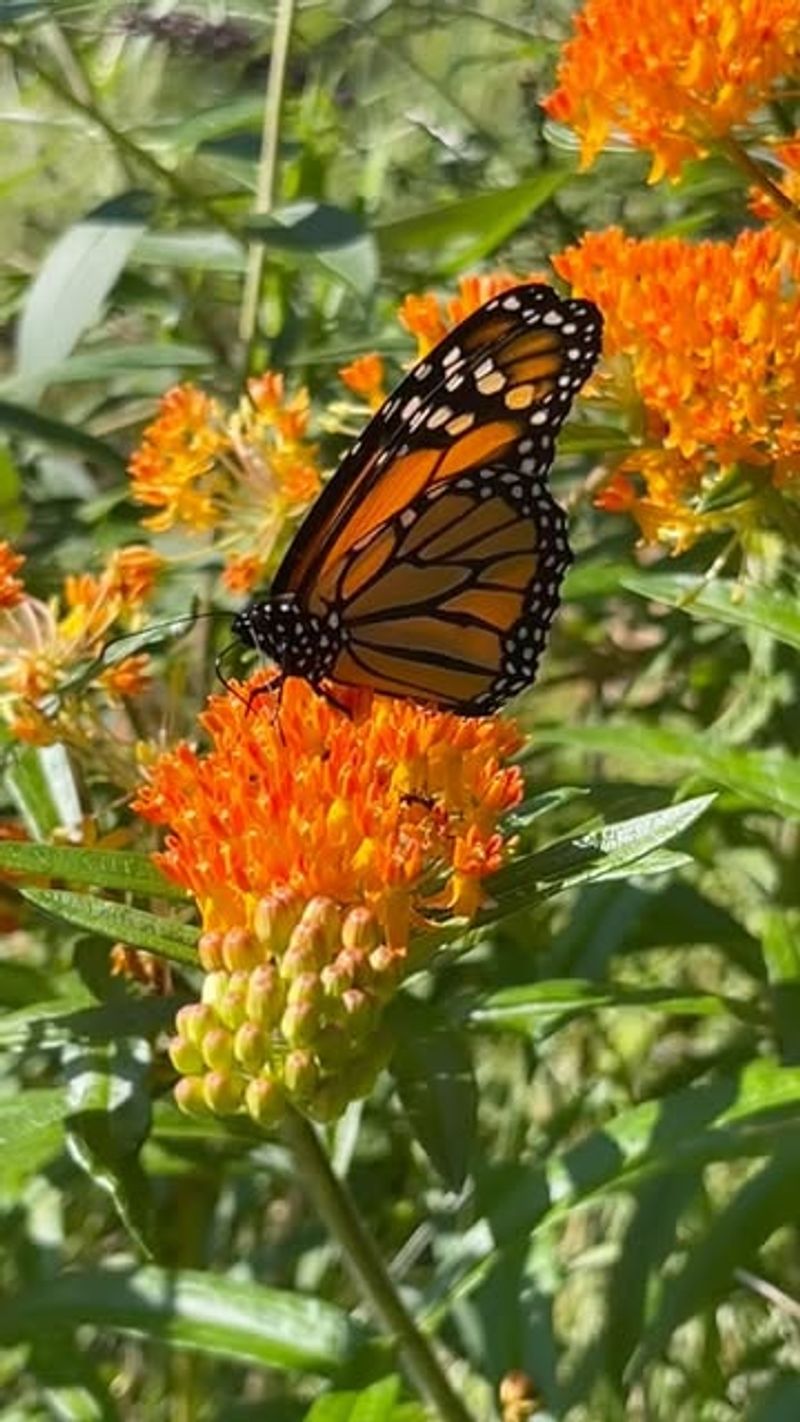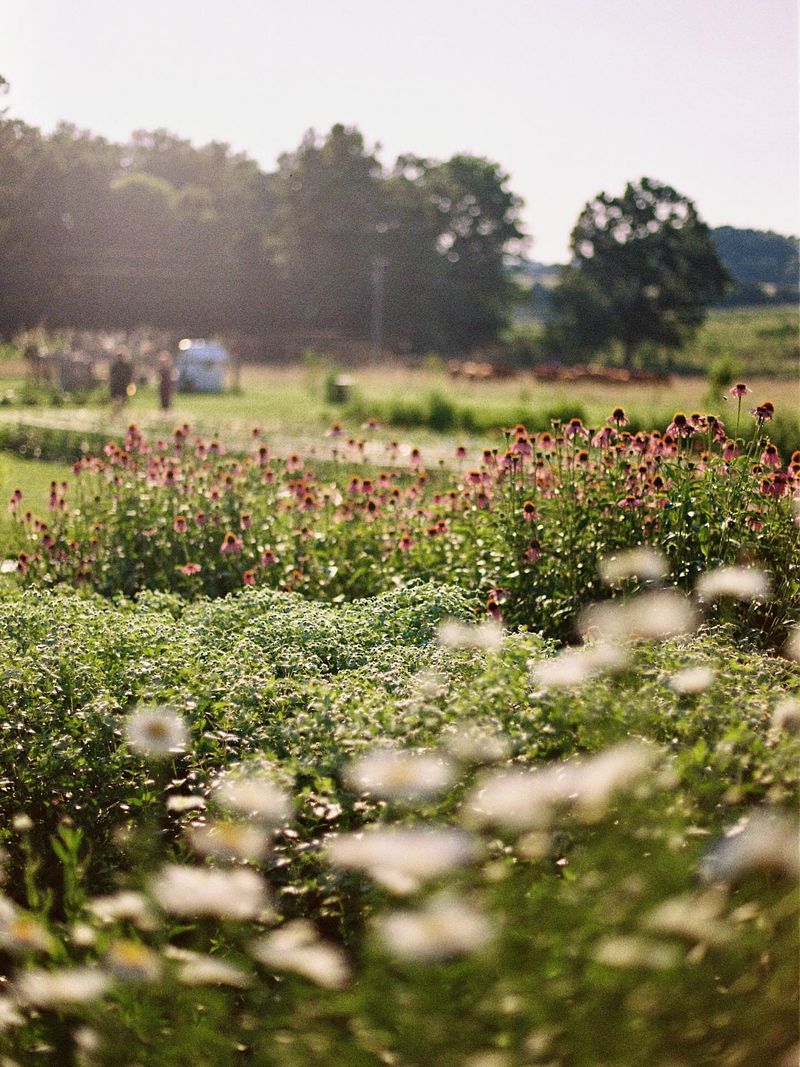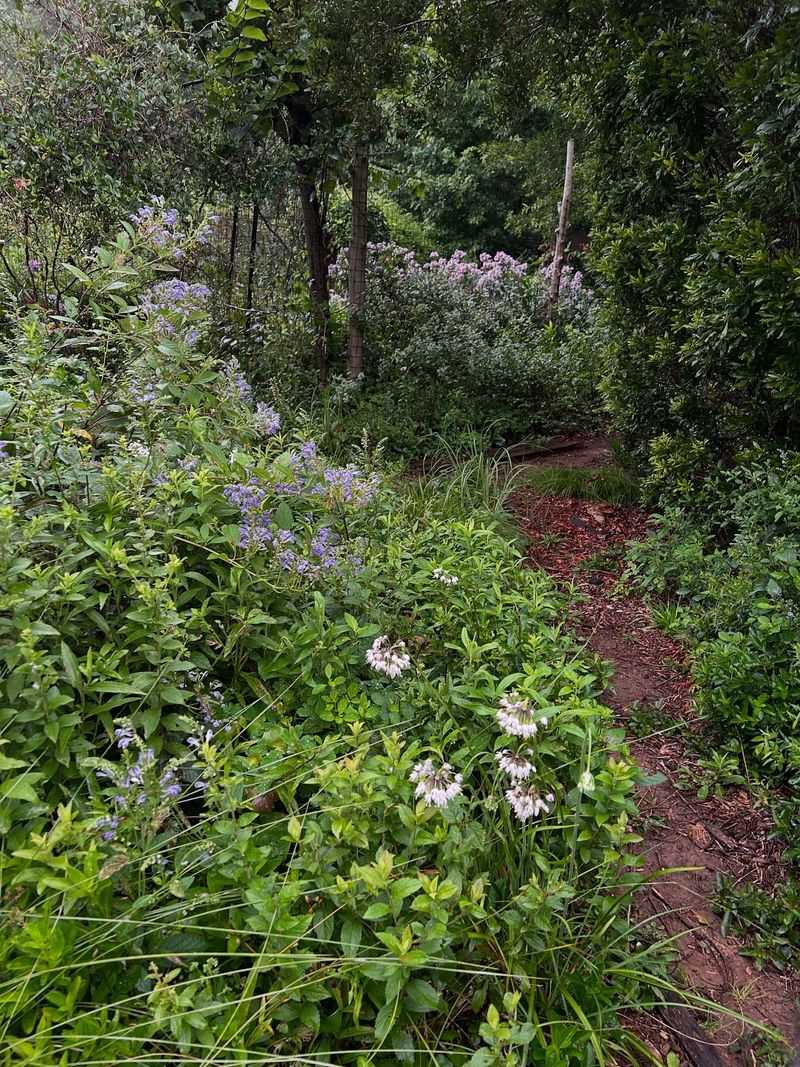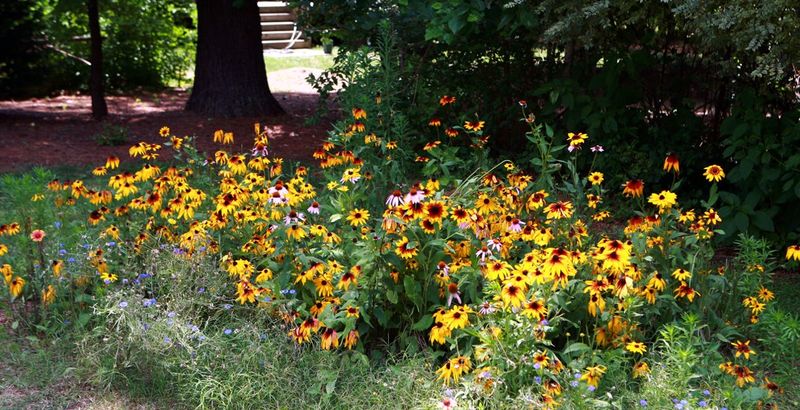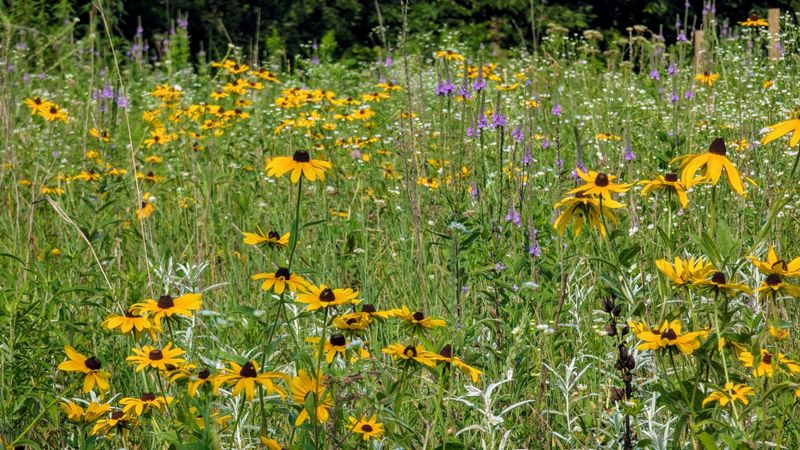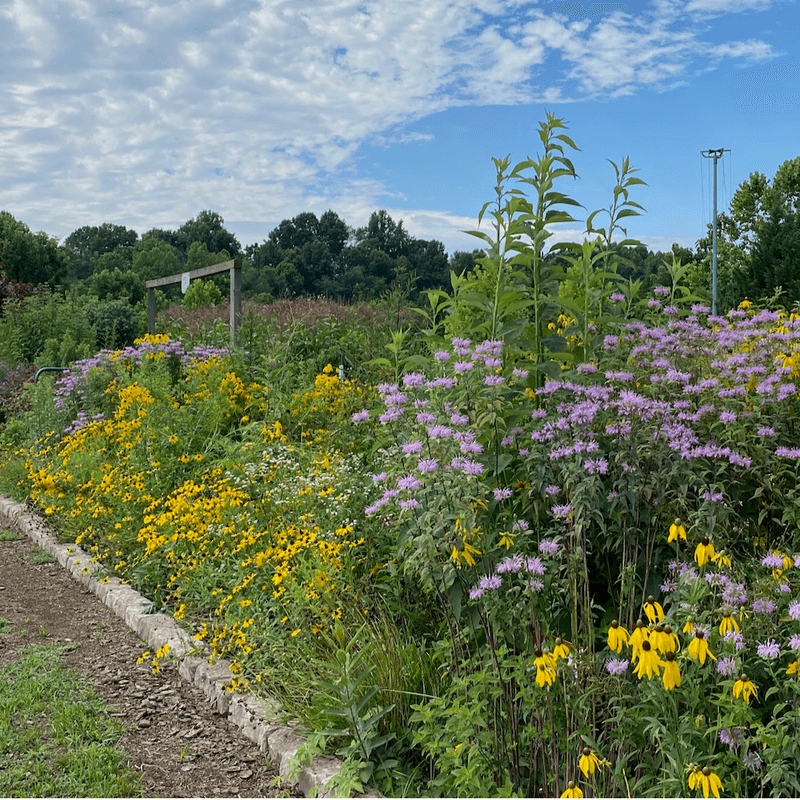Fall in Raleigh brings the perfect opportunity to rethink our yard designs. As temperatures cool and summer blooms fade, many local gardeners start planning next season’s perfect rows and tidy beds.
But what if there’s a better way? Wildflower gardens offer a fresh alternative to the straight-line approach that dominates so many North Carolina neighborhoods. They work especially well with Raleigh’s clay soils and moderate fall temperatures.
I switched my own front yard to a wildflower meadow last fall, and the transformation was amazing. Not only did I spend less time maintaining those perfect edges, but my yard became a hub for butterflies and birds that had previously just passed by.
1. Pollinators Need Your Help
Bees, butterflies, and other pollinators are struggling across North Carolina. When I planted a mix of goldenrod and purple asters in my yard last fall, the difference was immediate.
Within days, monarch butterflies appeared during their migration south. Native wildflowers provide essential food sources when many gardens have stopped blooming.
Even a small patch of coneflowers or black-eyed Susans can create a crucial refueling station for these important creatures making their way through Raleigh neighborhoods.
2. Less Mowing, More Free Time
Trading those perfect grass rows for wildflower patches means trading your mower for a hammock. My neighbor spent every Saturday maintaining his pristine lawn while I watched from my porch swing.
Wildflower areas need cutting just once or twice yearly, usually in late winter. This schedule works perfectly with Raleigh’s mild falls, allowing plants to set seed naturally.
The hours saved can go toward enjoying our beautiful autumn weather instead of fighting against nature’s natural tendency toward diversity.
3. Drought Resistance Comes Built-In
Remember that brutal dry spell we had last October? While my neighbors ran sprinklers daily, my wildflower patch barely noticed.
Native plants like coreopsis and Joe-Pye weed have adapted to Raleigh’s occasional rainfall patterns over thousands of years. Their deep root systems reach moisture far below the surface, making them surprisingly resilient during dry spells.
These same roots help prevent erosion on Raleigh’s many sloped yards when heavy rains eventually arrive.
4. Create Your Own Fall Color Show
Why drive to the mountains when you can bring fall colors right to your doorstep? A thoughtfully planned wildflower space offers changing colors throughout autumn.
Golden black-eyed Susans give way to purple asters, while ornamental grasses add movement and texture as they catch Raleigh’s autumn light. The seed heads of spent flowers create interesting shapes against the low fall sun.
My front yard became our family’s favorite spot for morning coffee once the wildflowers took over.
5. Your Wallet Will Thank You
Landscaping costs add up fast. Between fertilizers, pesticides, and replacing those perfect rows of annuals each season, traditional gardens drain bank accounts quickly.
Wildflower gardens cost significantly less once established. A $20 packet of mixed seeds appropriate for Raleigh’s growing zone can cover surprising ground. Many native plants also self-seed, expanding your garden for free.
The money I saved on lawn care last fall paid for a weekend trip to the coast—much more enjoyable than spreading mulch!
6. Unexpected Learning Opportunities Bloom
Children naturally gravitate toward wild spaces. My daughter’s science project transformed from boring to brilliant when she could study real ecosystems right in our yard.
Wildflower gardens become living classrooms where Raleigh families witness food chains, plant life cycles, and seasonal changes firsthand. I’ve learned to identify dozens of insects I never knew existed before letting our yard grow more naturally.
Even neighborhood kids stop by to see what new creatures have appeared among our milkweed and goldenrod.
7. Weather Raleigh’s Climate Changes Better
Our city’s weather patterns have become increasingly unpredictable. Last fall brought both unexpected frosts and unusually warm days that confused many traditional gardens.
Diverse wildflower plantings create resilient ecosystems that adapt to these fluctuations naturally. When one species struggles with unusual weather, others thrive, ensuring something always looks good.
Native asters sailed through that weird November warm spell that fried my neighbor’s carefully planted mums.
8. Stand Out From The Neighborhood Crowd
Walking through Raleigh neighborhoods in fall reveals one perfectly manicured yard after another. My wildflower patch became an instant conversation starter that reflected our family’s personality better than any row of identical plants could.
Visitors always comment on the unique beauty of our yard. Several neighbors have even started their own wildflower sections after seeing ours.
In a sea of sameness, a thoughtfully designed wildflower space makes your property memorable and uniquely yours.


